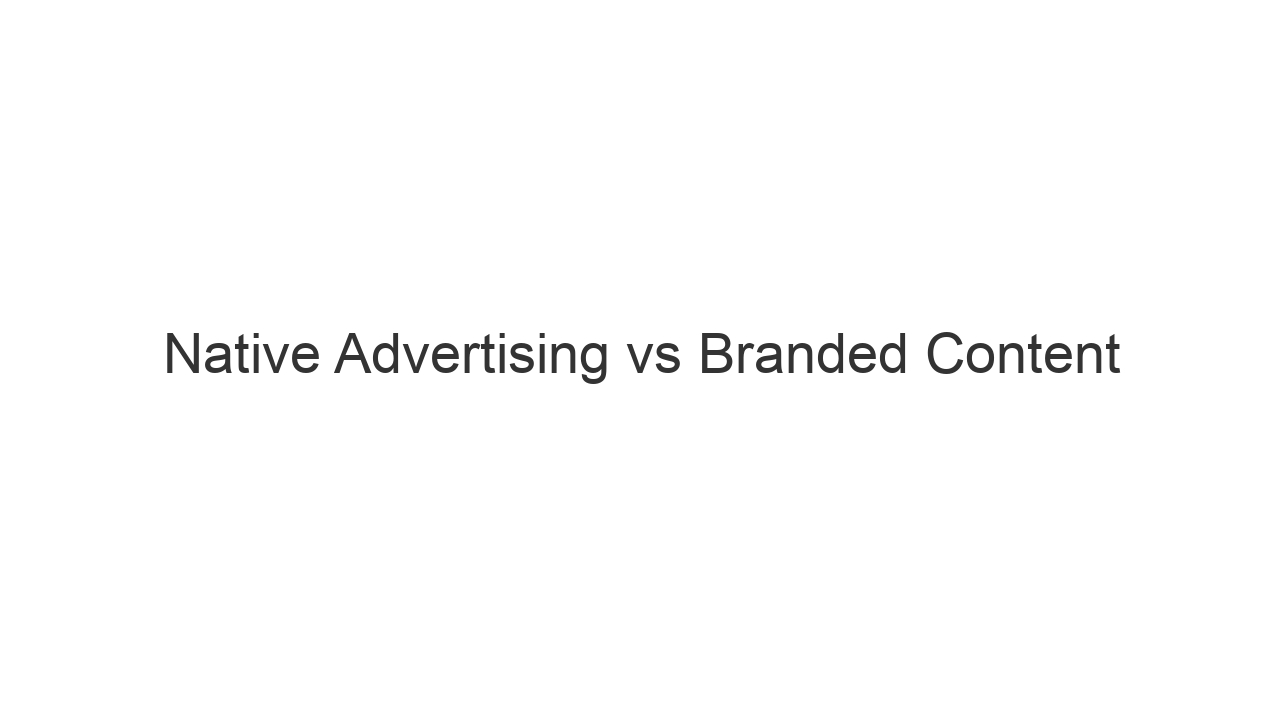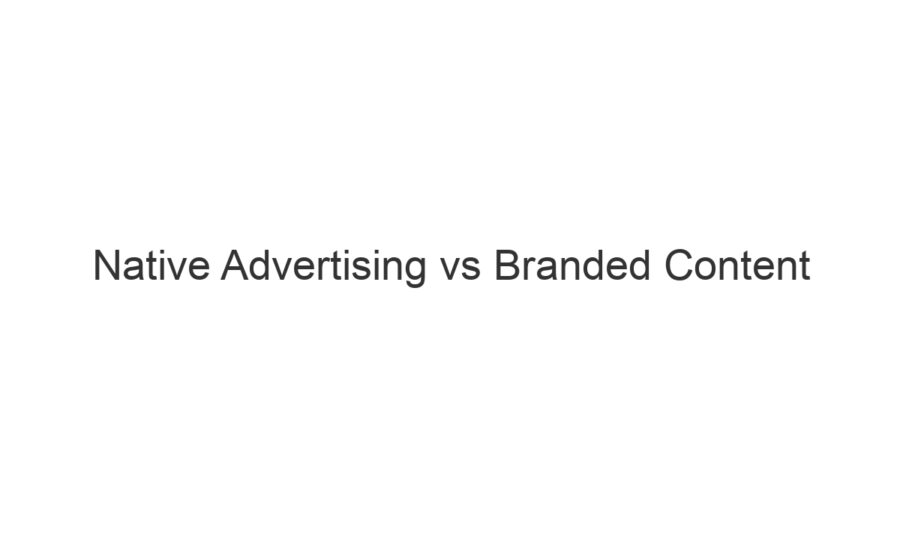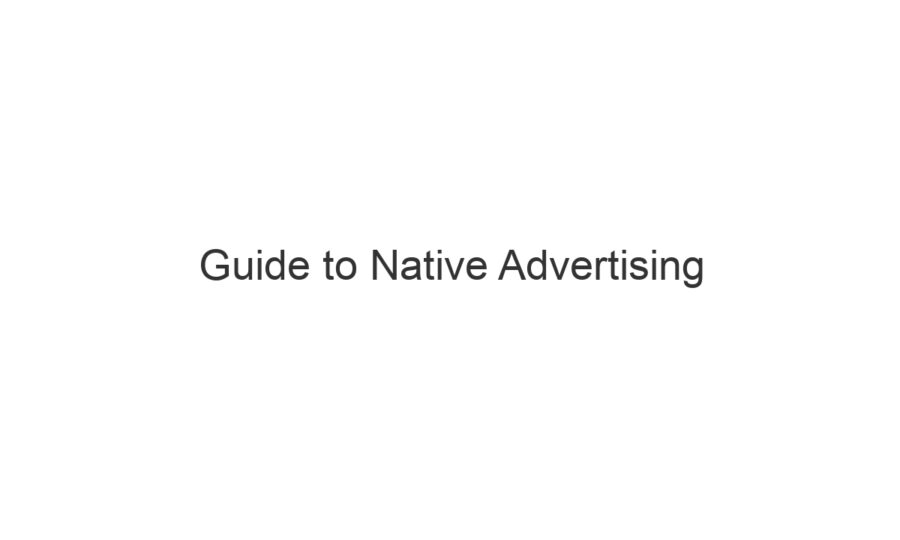How do you tell the difference between native advertising and branded content?
Branded content is where content is developed by the brand, for distribution. Sometimes it is created by an influencer, who shares it with their networks, or shares it on the brands owned networks.
i.e. a DJ creates a track for your company and shares it via SoundCloud.
Native advertising, is where that content is promoted on other websites, or prominently within the site it is shared on.
Think of native advertising, as a different view of branded content, with the explicit view that it’s been paid to get in front of the consumer.
i.e.
- Promoted posts on Facebook, of your video.
- A promoted content recommendation link on Forbes that links to you content
Why is it sometimes confusing to tell native advertising or branded content?
Where it gets confusing, is where a publisher (i.e. a news site) creates content for a brand. Technically under the IAB Playbook definitions this is classified as a custom native ad but in the past its been referred to as branded content.
The difference is typically is in origin of placement. If the content is created for a brands own channels, it’s branded content. If it’s created by an external party, adapted for their audience in tone of voice and format, it sits as native advertising. If it’s created for the purposes of distribution, i.e. a YouTube video, that’s still branded content.
How that content is turned in to an ad – is where it becomes a native advertising unit.
For ease of confusion, Nudge champions, native content. So that it’s clear that where that content is sitting.
Often this is referred to as sponsored content, paid content, native content, native advertising. But also increasingly influencer content is put in this bucket. As it is custom created content.

|
|---|


